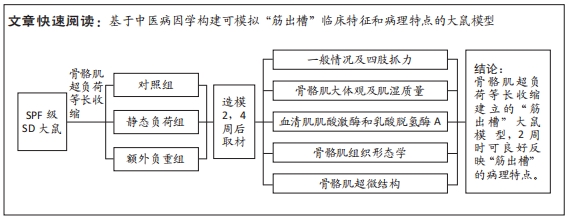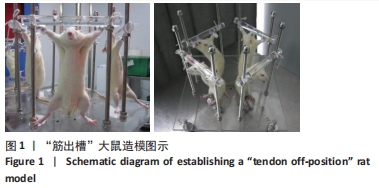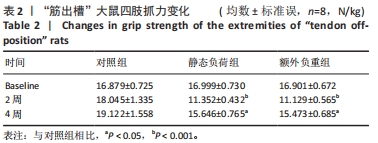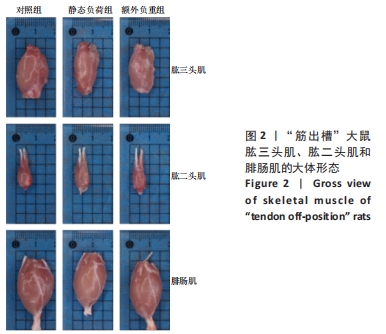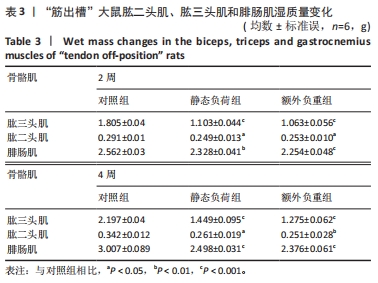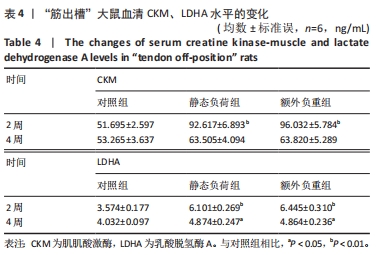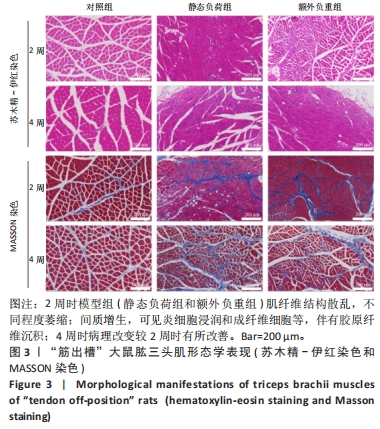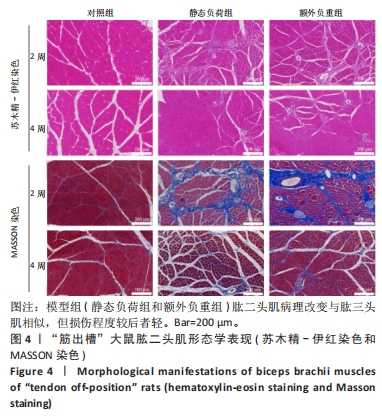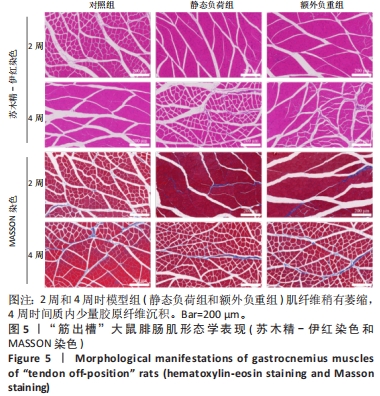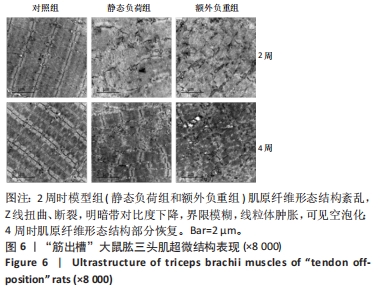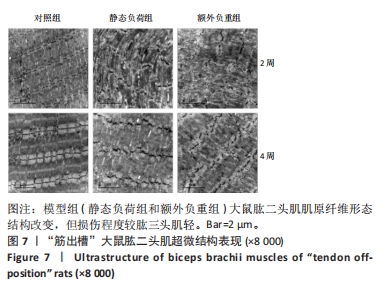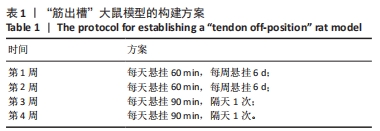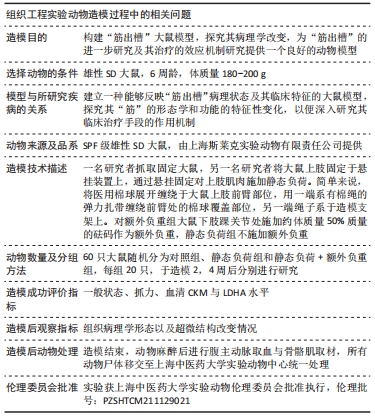[1] 国家中医药管理局 国家卫生健康委员会关于印发《中医病证分类与代码》和《中医临床诊疗术语》的通知_国务院部门文件_中国政府网[EB/OL]. [2023-5-22]. http://www.gov.cn/zhengce/zhengceku/2020-11/24/content_5563703.htm.
[2] 卢鼎厚, 张志廉. 斜刺对骨骼肌损伤的治疗作用[J]. 中国针灸, 1989(6):1-4.
[3] 卢鼎厚, 张志廉, 段昌平, 等. 阿是穴斜刺治疗肌肉损伤的研究[J]. 上海针灸杂志,2000(S1):65-67.
[4] 叶衍庆. 对祖国医学伤科手法的体会[J]. 天津医药杂志,1962(5): 255-263.
[5] BARTH J, MUFF S, KERN A, et al. Effect of Briefing on Acupuncture Treatment Outcome Expectations, Pain, and Adverse Side Effects Among Patients With Chronic Low Back Pain: A Randomized Clinical Trial. JAMA Netw Open. 2021;4(9):e2121418.
[6] TORRES SF, DE MACEDO A, SAKAI RY, et al. Effect of Different Frequencies of Electroacupuncture on Chronic Low Back Pain in Older Adults: A Triple-blind, Placebo-controlled, Randomized Clinical Trial. Pain Physician. 2023;26(2):161-173.
[7] LUCHESI G, DA SA, AMARAL O, et al. Effects of osteopathic manipulative treatment associated with pain education and clinical hypnosis in individuals with chronic low back pain: study protocol for a randomized sham-controlled clinical trial. Trials. 2022;23(1):1066.
[8] BOFF TA, PASINATO F, BEN ÂJ, et al. Effectiveness of spinal manipulation and myofascial release compared with spinal manipulation alone on health-related outcomes in individuals with non-specific low back pain: randomized controlled trial. Physiotherapy. 2020;107:71-80.
[9] 林星星, 刘继东, 董宝强, 等. 经筋刺法治疗非特异性腰痛的多中心随机对照研究[J]. 中华中医药杂志,2021,36(10):6230-6233.
[10] 郑尉, 孙立冰, 郝传萍, 等. 脊柱手法治疗对慢性非特异性颈痛干预效果的Meta分析[J]. 中国康复理论与实践,2022,28(2):150-164.
[11] QASEEM A, WILT TJ, MCLEAN RM, et al. Noninvasive Treatments for Acute, Subacute, and Chronic Low Back Pain: A Clinical Practice Guideline From the American College of Physicians. Ann Intern Med. 2017;166(7):514-530.
[12] CHEN HY, YEUNG WF, YANG MX, et al. Guideline Acupuncture for low back pain: a clinical practice guideline from the Hong Kong taskforce of standardized acupuncture practice. J Tradit Chin Med. 2022;42(1): 140-147.
[13] HAWK C, WHALEN W, FARABAUGH RJ, et al. Best Practices for Chiropractic Management of Patients with Chronic Musculoskeletal Pain: A Clinical Practice Guideline. J Altern Complement Med. 2020; 26(10):884-901.
[14] 詹红生, 杨凤云. 中医骨伤科学[M]. 3版. 北京: 人民卫生出版社, 2021.
[15] 刘晔. 负重站立法建立骨骼肌静力性损伤动物模型的实验研究[J]. 北京体育大学学报,2012,35(10):51-55.
[16] 钟森杰, 李琳, 胡思远, 等. 中医病因型证候模型建立的思考[J]. 中国中医基础医学杂志,2022,28(2):310-314.
[17] 王常松, 吴同玉, 陈学习, 等. 寒湿困脾证动物模型的建立和评价[J]. 上海中医药大学学报,2011,25(5):75-78.
[18] 张丹, 李哲, 朱庆均, 等. “劳倦过度、房室不节”肾阳虚小鼠模型的建立及评价[J]. 实验动物科学,2008(4):9-11.
[19] 沈雪, 薛艳, 陈龑, 等. “风寒湿致痹”理论指导下体内外骨关节炎模型建立与评价研究[J]. 中国中医基础医学杂志,2021,27(11): 1721-1724.
[20] 詹红生. 海派中医石氏伤科[M]. 上海:上海科学技术出版社,2016.
[21] 元唯安, 詹红生, 杜国庆. 论“筋主骨从”观念在慢性筋骨病损诊疗中的临床意义[J]. 上海中医药杂志,2019,53(9):12-15.
[22] MAÑAS-GARCÍA L, DENHARD C, MATEU J, et al. Beneficial Effects of Resveratrol in Mouse Gastrocnemius: A Hint to Muscle Phenotype and Proteolysis. Cells. 2021;10(9):2436.
[23] KIM J, CHOI J, KIM J, et al. An Evaluation of Muscle Repair Techniques: Implications in Musculoskeletal Healing and Corollaries in Oral-Facial Clefting. J Clin Med. 2021;10(21):4803.
[24] SONG H, TIAN X, LIU D, et al. CREG1 improves the capacity of the skeletal muscle response to exercise endurance via modulation of mitophagy. Autophagy. 2021;17(12):4102-4118.
[25] 野中征哉著. 临床肌肉病理学[M]. 第3版修订版. 北京:人民军医出版社,2007.
[26] YIN H, PRICE F, RUDNICKI MA. Satellite cells and the muscle stem cell niche. Physiol Rev. 2013;93(1):23-67.
[27] PANG KT, LOO L, CHIA S, et al. Insight into muscle stem cell regeneration and mechanobiology. Stem Cell Res Ther. 2023;14(1):129.
[28] WOSCZYNA MN, RANDO TA. A Muscle Stem Cell Support Group: Coordinated Cellular Responses in Muscle Regeneration. Dev Cell. 2018;46(2):135-143.
[29] PHILIPPOU A, MARIDAKI M, THEOS A, et al. Cytokines in muscle damage. Adv Clin Chem. 2012;58:49-87.
[30] GEROSA L, MALVANDI AM, MALAVOLTA M, et al. Exploring cellular senescence in the musculoskeletal system: Any insights for biomarkers discovery? Ageing Res Rev. 2023;88:101943.
[31] CHRISTENSON RH, AZZAZY HM. Biochemical markers of the acute coronary syndromes. Clin Chem. 1998;44(8 Pt 2):1855-1864.
[32] MASUDA T, SATO K, YAMAMOTO S, et al. Sympathetic nervous activity and myocardial damage immediately after subarachnoid hemorrhage in a unique animal model. Stroke. 2002;33(6):1671-1676.
[33] HOSSEIN-NIA M, KALLIS P, BROWN PA, et al. Creatine kinase MB isoforms: sensitive markers of ischemic myocardial damage. Clin Chem. 1994;40(7 Pt 1):1265-1271.
[34] SCHNEIDER CM, DENNEHY CA, RODEARMEL SJ, et al. Effects of physical activity on creatine phosphokinase and the isoenzyme creatine kinase-MB. Ann Emerg Med. 1995;25(4):520-524.
[35] ARENAS J, DIAZ V, LIRAS G, et al. Activities of creatine kinase and its isoenzymes in serum in various skeletal muscle disorders. Clin Chem. 1988;34(12):2460-2462.
[36] GÓRECKA A. [Behavior of lactic dehydrogenase (LDH) isoenzymes in skeletal muscle. LDH isoenzymes in fetal muscle]. Neurol Neurochir Pol. 1974;8(5):697-702.
[37] BABA N, SHARMA HM. Histochemistry of lactic dehydrogenase in heart and pectoralis muscles of rat. J Cell Biol. 1971;51(3):621-635.
[38] BRANCACCIO P, LIPPI G, MAFFULLI N. Biochemical markers of muscular damage. Clin Chem Lab Med. 2010;48(6):757-767.
[39] KHAN FY. Rhabdomyolysis: a review of the literature. Neth J Med. 2009; 67(9):272-283.
[40] 陈元川, 庞坚, 詹红生. 石氏伤科运用通络法治疗慢性腰腿痛的经验[J]. 中国中医骨伤科杂志,2021,29(1):82-84.
[41] 胡零三, 雷腾飞, 桑晓文, 等. 詹红生教授“四以相和”论治腰椎间盘突出症[J]. 中国中医骨伤科杂志,2017,25(11):73-74.
|
